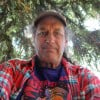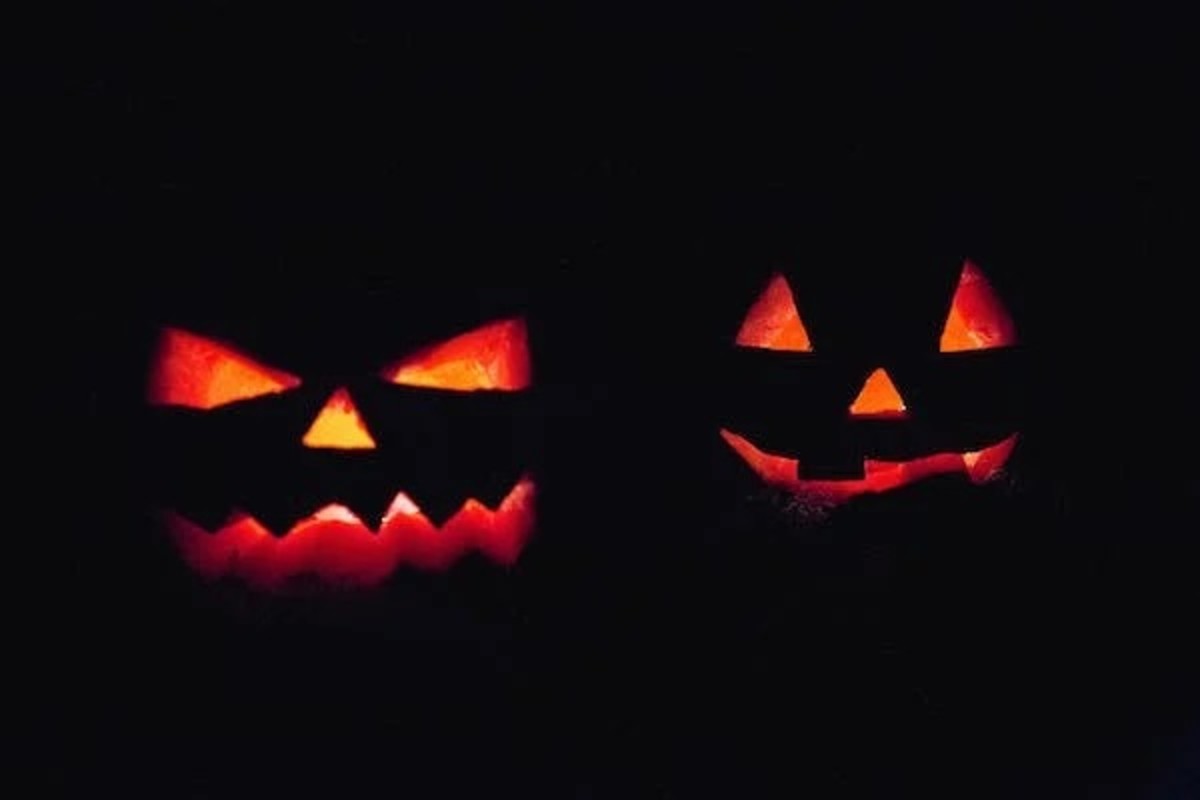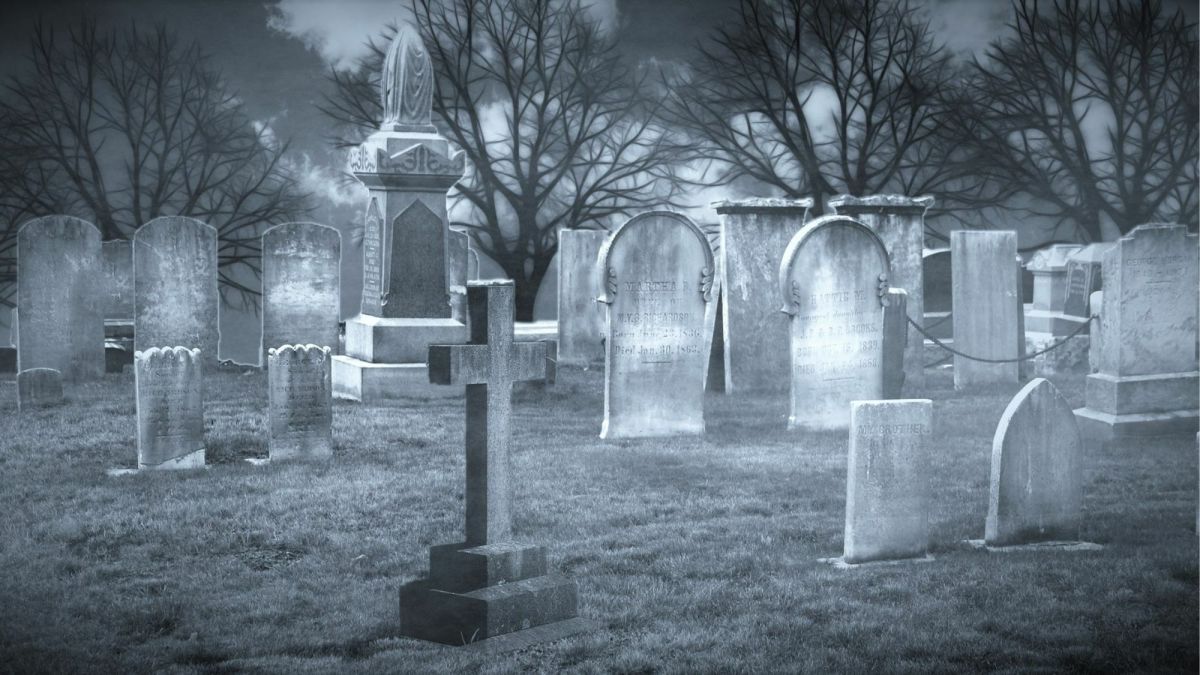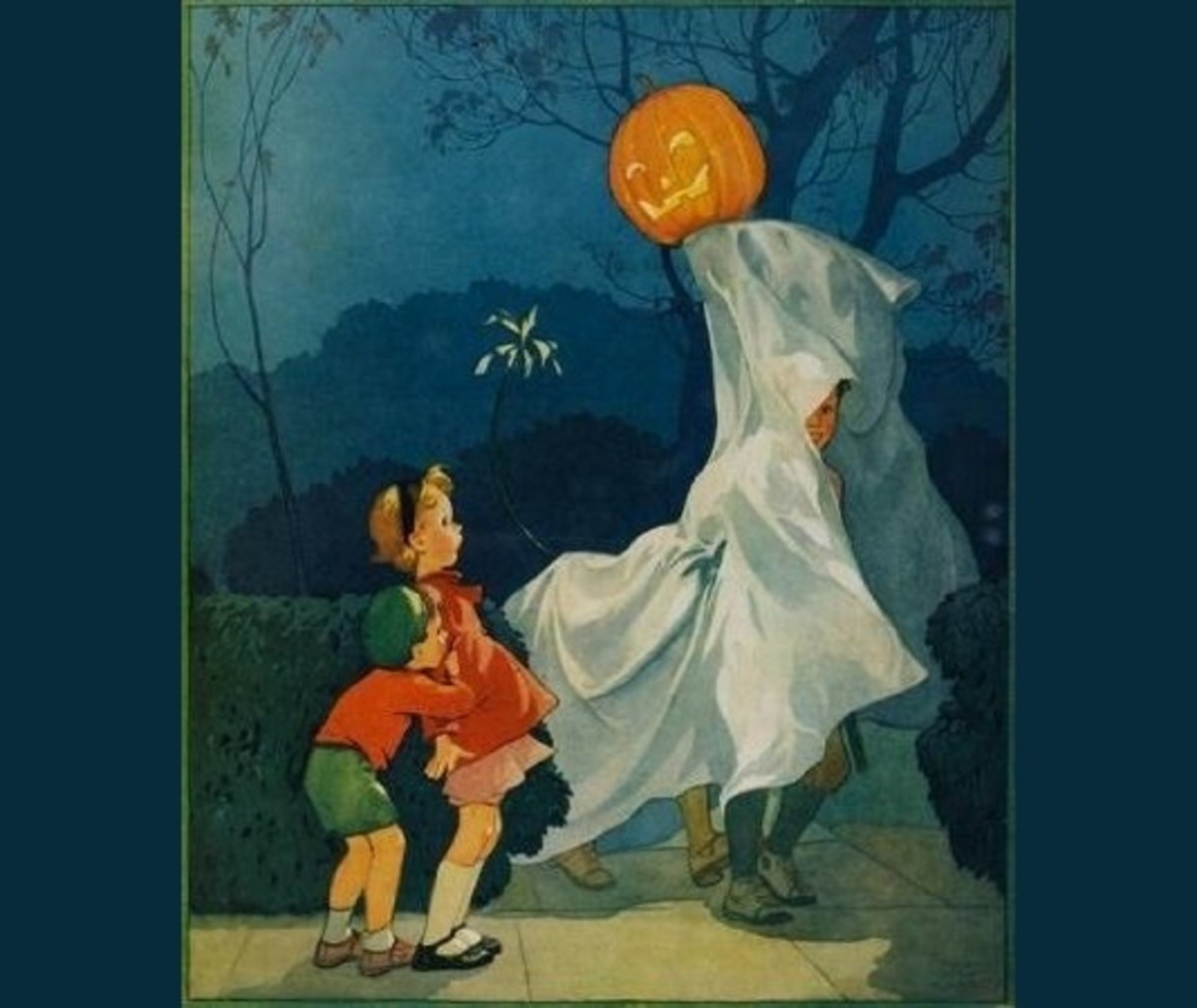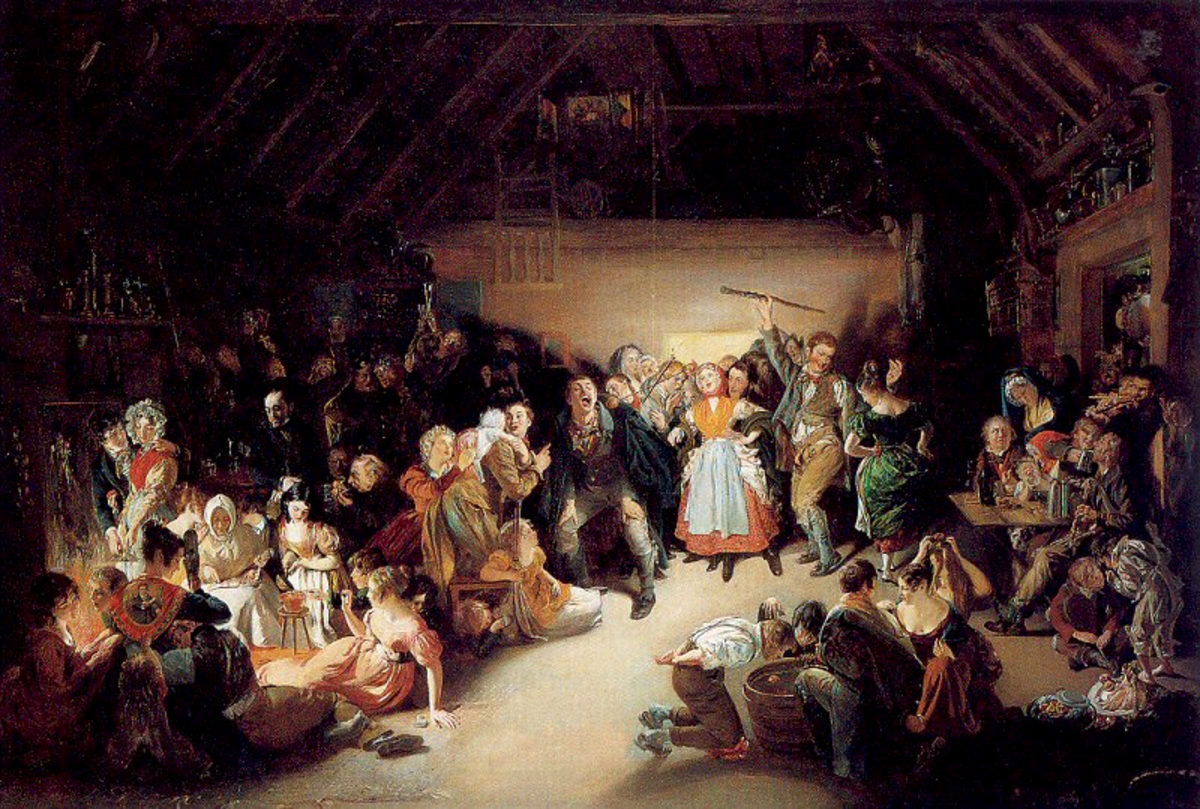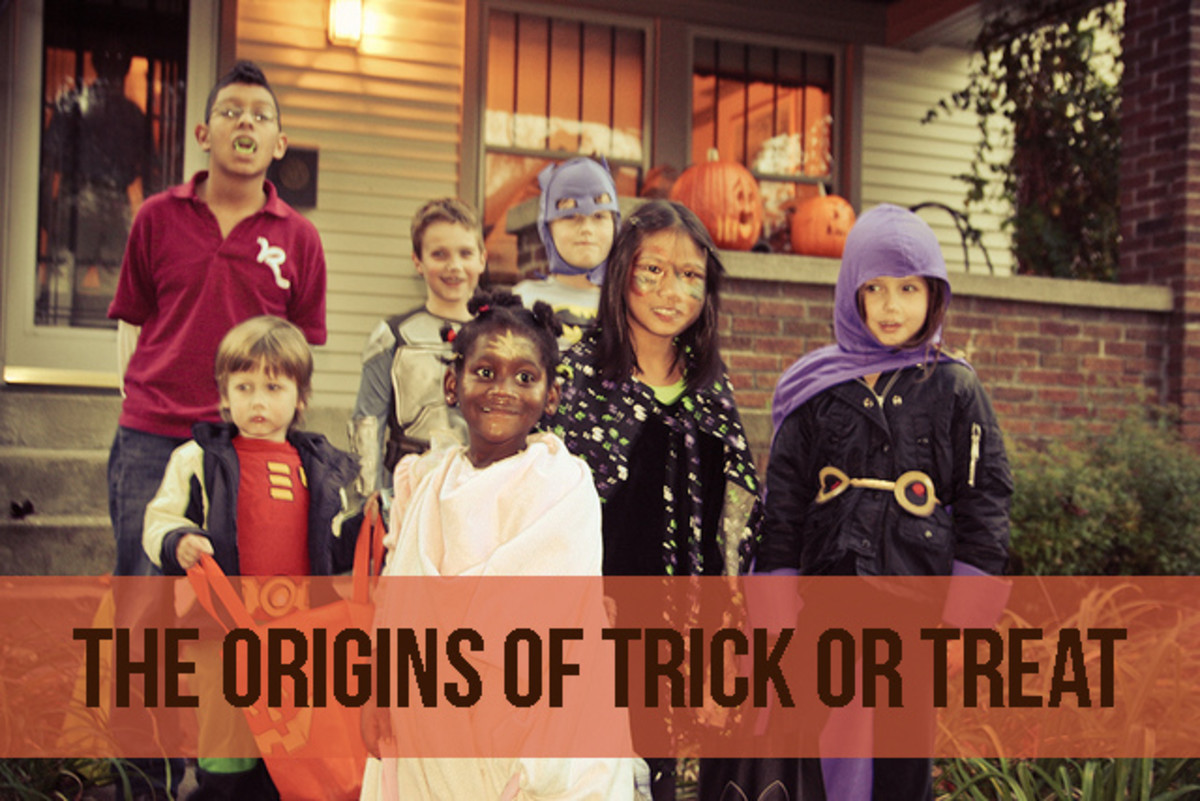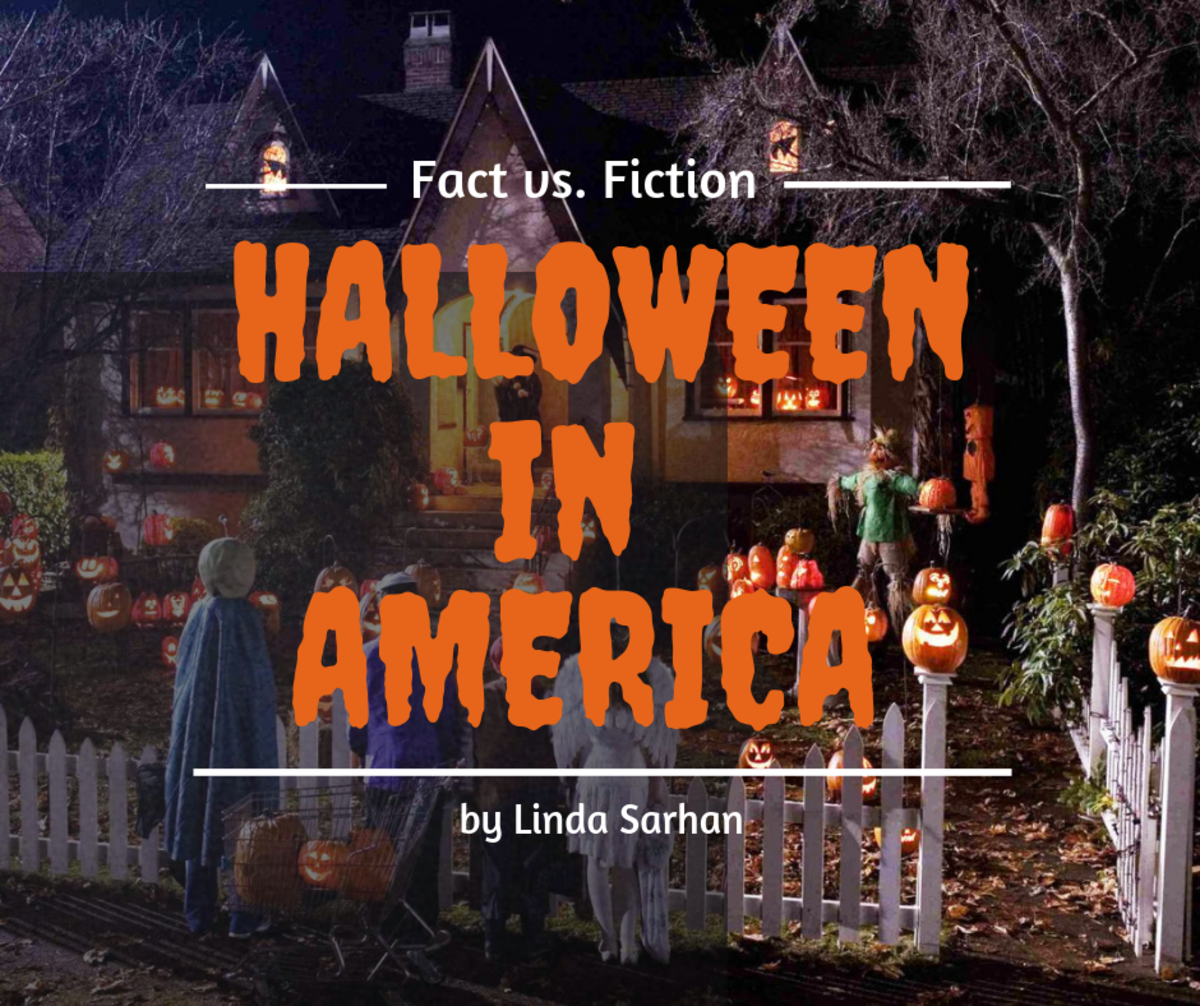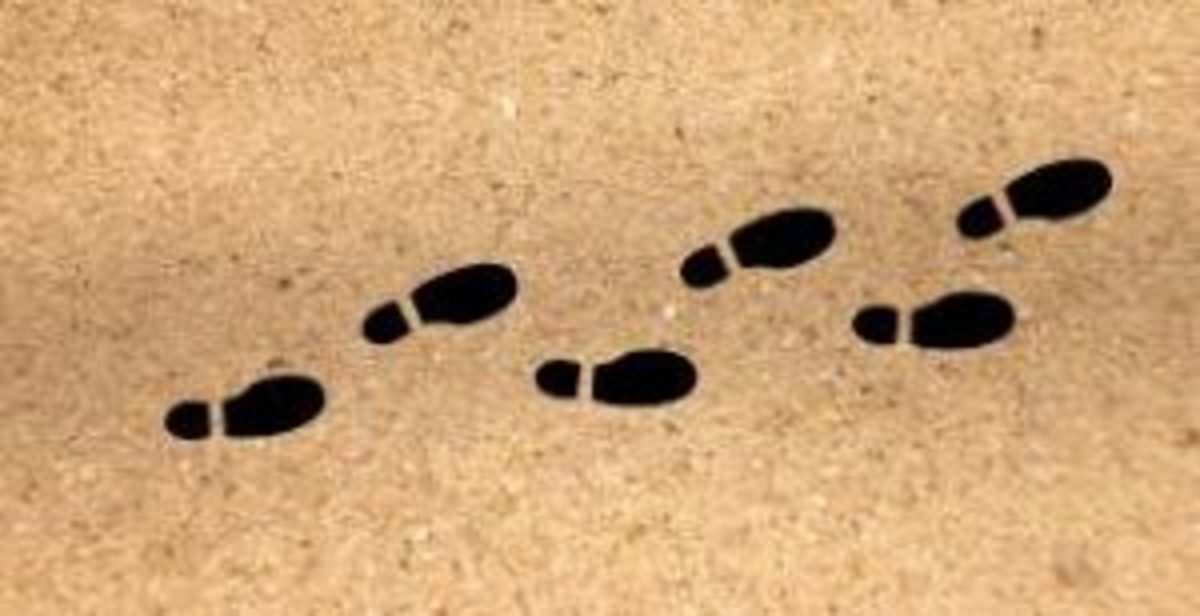The Celtic Origins of Halloween
Carved Pumpkins Invoke a Ghostly Tale
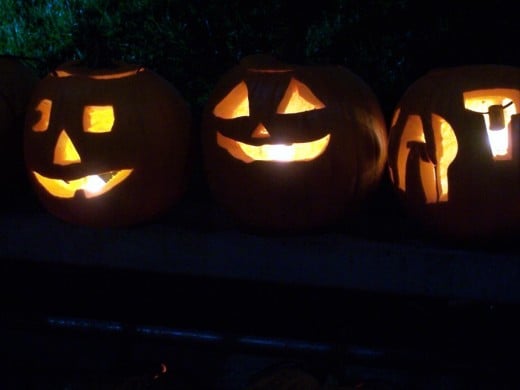
The Celts and Halloween
The Celts were a large tribal group that lived in parts of Western Europe, including Ireland, Great Britain, France and Spain. Today, many of their descendants still exist in these places, as well as other parts around the world. Their calendar began in early November and as a result, the welcoming of the new year included harvest celebrations, as well as a time to remember the dead. In Ireland, this pagan holiday was known as Samhain and may have also included bonfires, dressing up as ghosts and the performance of mischievous tricks. It is not hard to see how many of these customs became part of our modern day Halloween.
Halloween Invokes a Christian Meaning
The name, Halloween, is derived from the words, All Hallows Eve. The most important word here is Hallows. In Old English, Hallow meant a saint and came from the root word halig. Now add Eve to Hallows and we have Hallows Eve (sometimes called All Hallows Eve), which is the night before All Saints Day. So, when all is said and done, we have the combined form, Halloween, or Night before All Hallows Day.
The Beginning
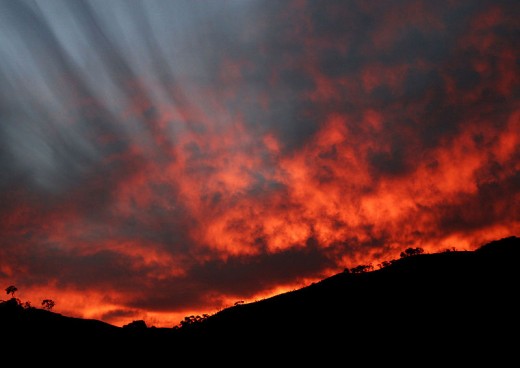
The Celtic Calendar
In many ways, the Celts did things in reverse from how we keep track of days and years in the present. First of all, the day began at sunset, which squarely placed the dark half of the day before the lighter half, when the sun was shining.
Not surprisingly, this way of seeing the world was applied to the yearly calendar as well, for during each annual cycle, there was also a dark half and a light half. The dark half began around the first of November and the light half began about May 1st. On each occasion, these dates were marked by a major Celtic celebration, Samhain and Beltain. Since Samhain marked the beginning of the dark time, this became the New Year, reflecting how the Celts used sunsets as the starting point for each day.
The Moon at Halloween
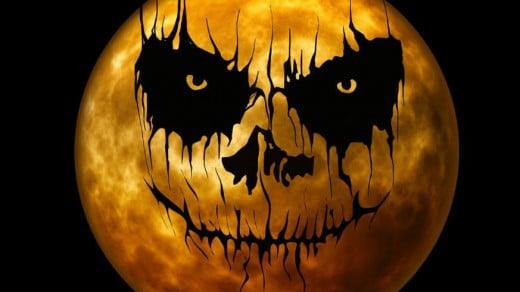
Celtic Midpoints
Today, most Christian nations use the Roman calendar, which begins on January first and uses the solstices and equinoxes to determine the four seasons, spring, summer, fall and winter. The Celts saw the world differently in that they placed their four most important holidays at or near the midpoints that fell between each solstice and equinox.
Look closely and you will see that November 1 (the date of Samhain) falls halfway between the fall equinox and winter solstice. On a similar note, Beltane or Mayday falls on May 1st, which is approximately halfway between the spring equinox and the summer solstice. To fill in the other two points, the Celts celebrated Midsummer and Midwinter, August 1 and February 1 respectively.
Halloween Costumes
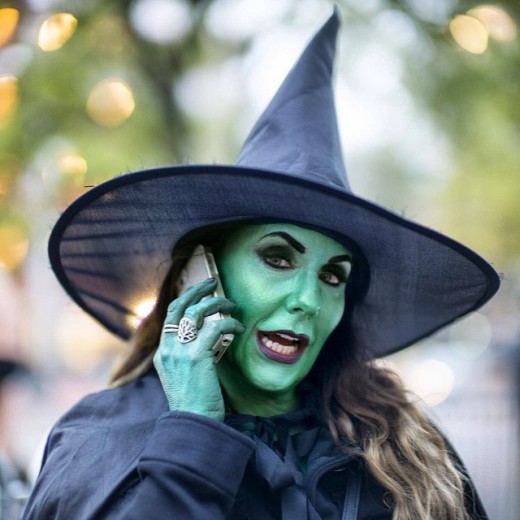
A Pagan Holiday Called Samhain
Samhain, which in the Gaelic language means "summer's end", is the old Celtic celebration that most readily influenced Halloween. For the old pagans, several things happened at this time, which were incorporated into our modern Halloween. First of all, Samhain was a harvest celebration. Since Europe is located so far to the north, the length of daylight begins dropping significantly during October, thus bringing the growing season to an abrupt close. Like many cultures around the world, these residents of the rugged western coastline, celebrated the harvest in a joyous way.
On the other hand, not only did Samhain mark the beginning of a new year, but it also was a time, when the boundary between the worlds of the living and the dead were most thinly veiled. According to Gaelic beliefs, this lifting of the barrier allowed the spirits of the dead to travel among the living. One of the best way to appease these wandering souls was to leave out offerings of food. Also important, was the fine art of dressing up and costuming, which was done to disguise the living, so the souls of the deceased would not recognize them.
The Christian Church Establishes All Saints Day
Back in the early seventh century, Pope Boniface IV, declared a feast day in early May to honor the Christian Saints and Martyrs of the Roman church. Then a couple of centuries later, Pope Gregory IIIStrangely enough, the pope moved the holiday to the first of November, which just happened to land on the very same day that many pagans celebrated Samhain. This placing of newfound Christian holidays on top of popular pagan festivals is a pattern that has occurred numerous times throughout European history.
Not surprisingly, many of the residents of the British Isles still went about practicing the Samhaim customs of dressing up and going door to door. These activities were especially prevalent on the night before Hallowmas, so this date became Halloween and was reserved for many of the the old customs. In this way, the Christian church accommodated the Celts without actually giving in.
Haunted Halloween in Salem
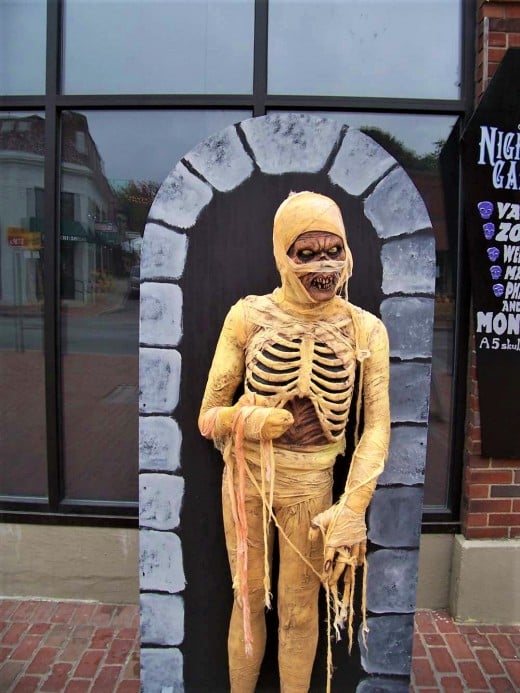
Haunted Happenings
Today, all across America Halloween is celebrated in many different ways. One place that goes all out on the last day of October is Salem, Massachusetts home of the infamous Salem Witch Trials. Here, in the Bay Colony, Halloween becomes a huge street party, complete with live music, much costuming and plenty of hard cider to celebrate the fall harvest.
But if you happen to live in the rural Midwest, you might celebrate Halloween by going on a hay ride or trying to find your way through a maze in a cornfield, complete with living ghoulish monsters.
A Brief History of Halloween
© 2017 Harry Nielsen
